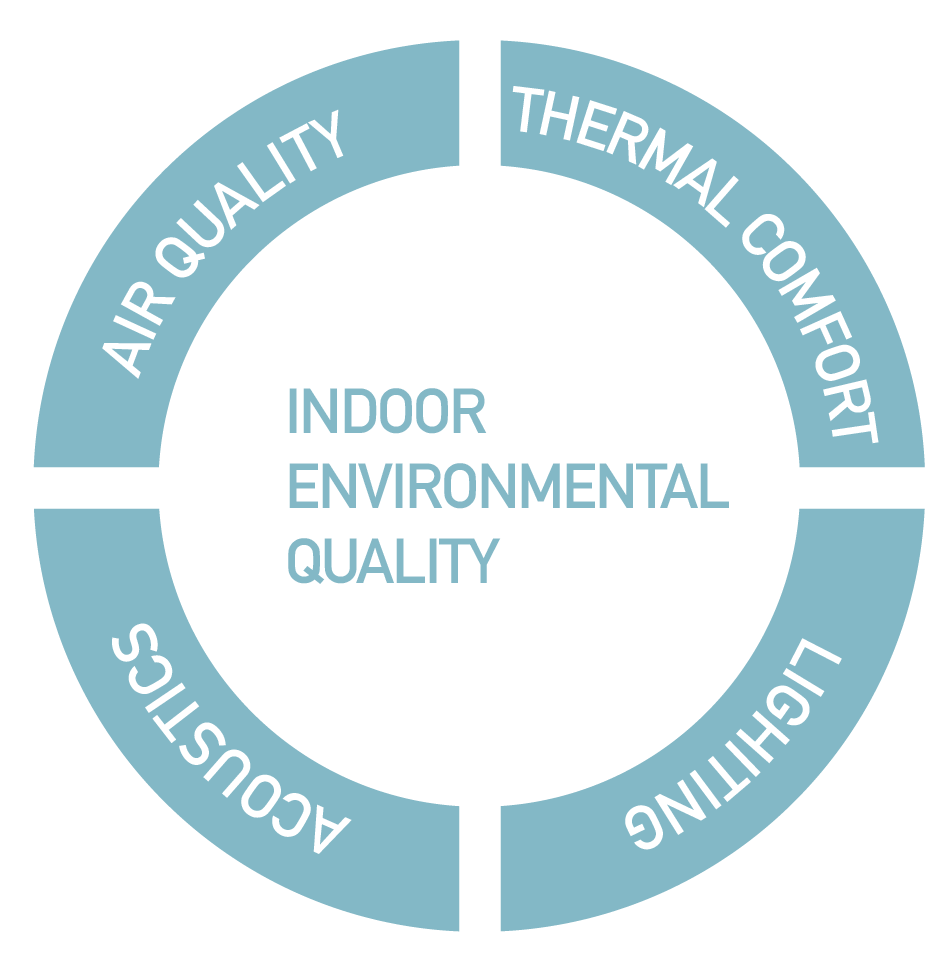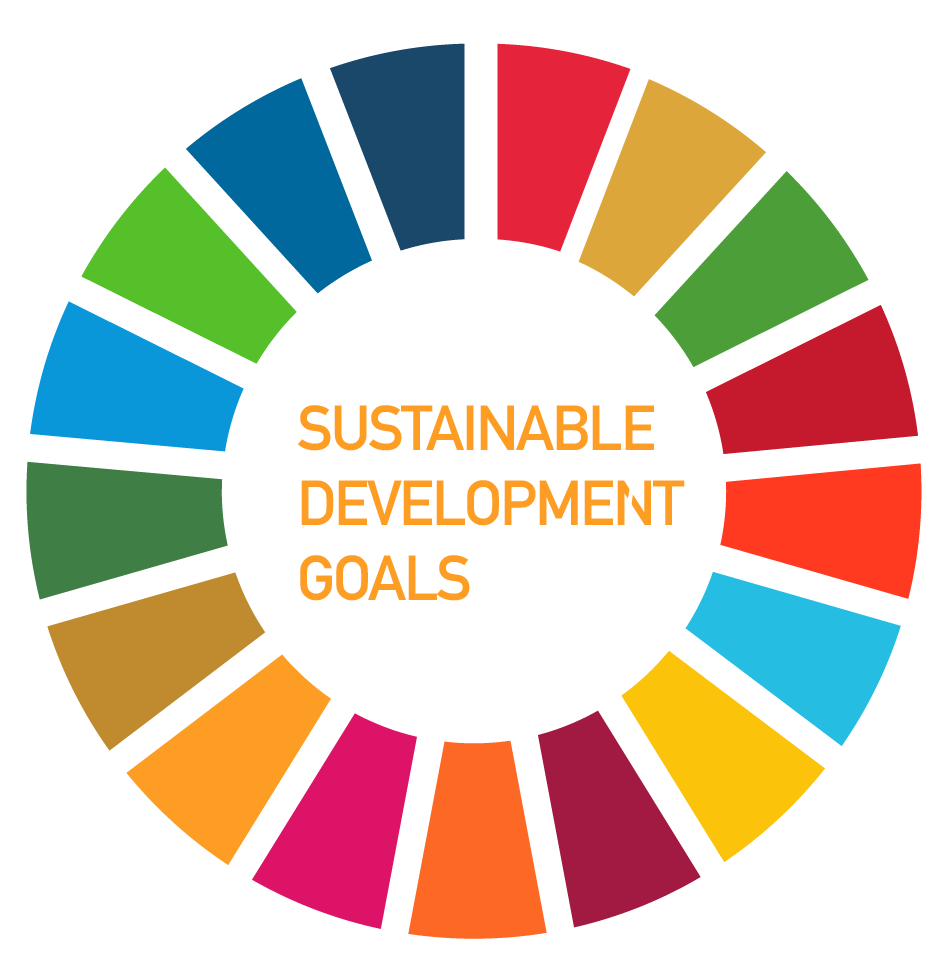top of page
Beyond Urban Agriculture
Introduction
Exploring the multiple potential impacts of building-integrated vegetation to give insight into new value structures.




What is building integrated vegetation?
Building-Integrated Vegetation takes advantage of the available surfaces on the exterior and interior of buildings, also sometimes referred to as "building bound" growing spaces, or zero acreage farming.
Building Bound (Skar et al 2020) Zero Acreage Farming (Thomaier et al 2014)





What are the multiple potential functions of building-integrated vegetation?
Can we achieve synergistic relationships between living plant systems designed for food and those designed for air or water bioremediation, or energy conservation? In exploring multiple potential values, can we improve opportunities for widespread adoption.
Urban Agriculture
Urban agriculture is an industry that produces, processes and markets food and fuel, largely in response to the daily demand of consumers within a town, city or metropolis, on land and water dispersed throughout the urban and peri-urban area, applying intensive production methods, using and reusing natural resources and urban wastes, to yield a diversity of crops and livestock.
(Smit 1996, United Nations Development Program Publication)
Linking multiple impacts of urban vegetation
In exploring multiple potential value propositions for green infrastructure, can we move building-integrated green infrastructure from niche markets into distributed solutions addressing multiple built environment impacts from energy to land use patterns?
Building-Integrated Vegetation
The incorporation living plant systems inside or integrated into the exterior envelope (wall or roof) of buildings with multiple performative functions. These include both the biophysical impacts for human health including food growth and the bioremediation of air and water, the potential to regulate temperatures having effects on building energy performance, as well as the social and cultural impacts.
Ecosystem services are the conditions and processes through which natural ecosystems, and the species that make them up, sustain and fulfill human life. They maintain biodiversity and the production of ecosystem goods, such as seafood, forage timber, biomass fuels, natural fiber, and many pharmaceuticals, industrial products, and their precursors (Daily 1997b:3). Ecosystem goods (such as food) and services (such as waste assimilation) represent the benefits human populations derive, directly or indirectly, from ecosystem functions (Costanza et al. 1997:253).
Key Stakeholders concerned with this evaluation framework:Policy Makers

Indoor Environmental Quality (IEQ) encompasses the conditions inside a building—air quality, lighting, thermal conditions, ergonomics—and their effects on occupants or residents. Strategies for addressing IEQ include those that protect human health, improve quality of life, and reduce stress and potential injuries. Better indoor environmental quality can enhance the lives of building occupants, increase the resale value of the building, and reduce liability for building owners (US Green Building Council).
Key Stakeholders concerned with this evaluation framework: Building Owners, Occupants, Developers, Designers

These show potential to enhance food systems circularity and resources management (e.g., sustainable production, with less waste, plastic, water and energy and transport) and to lead people towards more sustainable food consumption habits due to stronger connection with the food they eat. On the other hand, urban food consumption is one of the largest sources of urban material flows, urban carbon and land footprints, cities can leverage changes in their food systems to address their sustainability and resilience challenges.
Key Stakeholders concerned with this evaluation framework: Policy Makers

What is the value of building-integrated vegetation?
It depends who's asking.
Paths to widespread adoption are based on how a system or solution is evaluated. In order to examine the value of building-integrated vegetation, we need to understand the tools by which different stakeholders measure value. Stakeholders designing buildings, and cities have a wide range of metrics they need to meet and measure value in different ways: A building owner or developer responsible for decision making at the project level may be more concerned with “indoor air quality” (a measure used by several Green Building Rating systems around the world), while a policy expert may be more concerned with the indicators of “human health” defined by the SDGs. The goals are not exclusive but we do need to understand the overlaps in order to communicate value to multiple stakeholders.
The vulnerability of complex value chains that became apparent during the COVID-19 pandemic, are now driving cities to test new ways of facilitating access to fresh and healthy food. Urban agriculture has emerged as a solution to re-establish production-consumption ties in a sustainable way and reconnect not only urbanites with food systems but also cities with their peri-urban areas.
Background

Food and Agriculture Organization, Urban Farming Quito, Ecuador
Cities as an important hub
On the other hand, urban food consumption is one of the largest sources of urban material flows, urban carbon and land footprints, cities can leverage changes in their food systems to address their sustainability and resilience challenges.
Since 80% of food will be consumed in cities by 2050, cities can significantly influence the way that food is grown particularly by bringing food production closer to urban centers and promoting shorter circuits of food. These show potential to enhance food systems circularity and resources management (e.g., sustainable production, with less waste, plastic, water and energy and transport) and to lead people towards more sustainable food consumption habits due to stronger connection with the food they eat. (Ellen MacArthur, 2019; The Veolia Institute Review, 2019).

Food and Agriculture Organization
bottom of page

